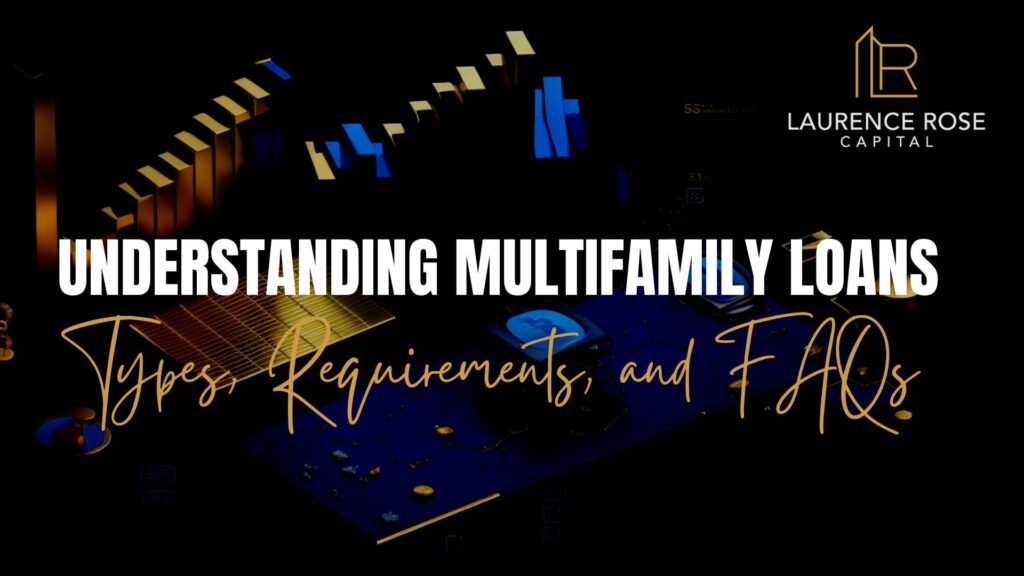Before You Invest In Real Estate, Be Sure To Clearly Define Your Investing Goals
Let me ask you a question. How did you find the home you’re currently living in?
I’m guessing that you didn’t just close your eyes and blindly point to a spot on the map. You probably had a specific area in mind, probably something fairly close to school or work, near some shopping or amenities you like, and with a specific number of bedrooms, bathrooms and price range in mind.
Let’s say you were looking for a three-bedroom home in the middle of the city, near public transit. Knowing your criteria, you likely would have turned down a one-bedroom condo in the suburbs, even if it had a beautiful view and a rooftop patio. You could picture beautiful summer evenings on that rooftop patio, but you could also picture your kids crammed into that one bedroom with you, so no. Cross that one off the list.
The same thing goes for investing in real estate. Before you do so, you have to know what you’re looking for, so that you’re anchored by the must-haves and not distracted by the nice-to-haves.
Without clear goals, you’re more likely to get swayed by any ol’ investment opportunity that comes along, because, hey, the numbers seem like they work, and the property photos look nice. Or, on the flip side, you might be paralyzed with fear because you’re not sure which opportunity is best for you, since they all look decent.
Once you have your investing goals in mind, you’ll have a clear idea of what you’re looking for from an investment, so when that next opportunity comes along, you can easily determine whether it’s a good fit for you.
Let’s take a closer look at a few examples, so you can try them on for size and see if any of these investing goals resonate with you and your life.
Investing Goal Example #1: Investing for Cash Flow
Meet Emily. She’s a working mom who’s been in the corporate world longer than she cares to admit. Her job pays well, but she doesn’t love it, especially because it comes with long hours and lots of meetings. Oh, the meetings.
Emily’s investing goal is to create passive income streams that will cover her family’s living expenses, so she can eventually quit her job.
In other words, Emily is investing for cash flow. She’s interested in investments that will provide a steady and ongoing return for her family now, rather than years in the future. She’s looking for an investment whose returns will help offset her income, so that she can eventually quit her job.
Emily’s goal is to generate $2,000 per month in cash flow. If she’s able to do that through passive income, she’ll switch from a full-time to a part-time role, giving her more time to spend with her family.
When reviewing passive investing opportunities, she sees that she can make about eight to ten percent in cash flow (A peek into projected returns) per year from many of the multifamily real estate syndications she’s looking at.
As such, in order to get $2,000 per month, or $24,000 per year, in cash flow, Emily would need to invest roughly $300,000.
$300,000 x 8% = $24,000
With that benchmark in mind, Emily can easily turn down any investment opportunities with projected cash flow returns lower than eight percent. If she sees any opportunities with cash flow higher than ten percent, she knows she would be highly interested.
Investing Goal Example #2: Investing for Appreciation
Meet Ricardo. Unlike Emily, Ricardo isn’t interested in cash flow. He has plenty of good, steady income coming in every month, both from active and passive sources.
Ricardo doesn’t mind some cash flow, but that’s not why he’s investing. Ricardo is investing for potential appreciation. He’s seen how coastal cities like New York and San Francisco have had huge upswings in real estate values, and he wants a piece of that. He knows that these kinds of investments come with higher risk, but he’s okay with that.
Ricardo is also okay waiting a bit longer for a potentially bigger payout, rather than getting returns immediately. Because he has multiple streams of passive income and has a fair amount of assets, he’s okay with taking a bit more risk. If the appreciation doesn’t play out as predicted, and he doesn’t get as high a return as expected, he’s fine with that. He just wants to invest for the chance of appreciation.
Many investors will tell you that it’s way riskier to invest for appreciation, and that you should always invest for cash flow first and foremost. While this is true for many investors, there are some investors with a higher risk tolerance who want to gamble on that appreciation, for the possibility of a higher payout. There are definitely people who have made some great money through appreciation. But there are also many who have lost money investing for appreciation.
Ricardo knows his risks, though. So he looks for investments in appreciating markets, as well as value-add deals(LINK:down and dirty of value add), so he can maximize his chances for appreciation.
The Hybrid: Investing for Cash Flow AND Appreciation
Most investors are not strictly like Emily nor strictly like Ricardo. Rather, most investors are looking for a combination of cash flow and appreciation.
You get some cash flow throughout the lifecycle of the project, but you also add value and invest in an appreciating market, to maximize the potential for appreciation.
Hybrid investments like this give you the best of both worlds. Hybrid investments are our sweet spot, mainly because it’s what we like to invest in ourselves. We get ongoing cash flow to help with our current living expenses, as well as the potential for appreciation later on in the project.
Know Your Goals
I’ve been in the field of graphic design for several years now, and I’ll tell you, when you see one of the investment summaries for a real estate syndication investment opportunity, you’re going to get distracted by the pretty colors and beautiful photos. I certainly did.
That’s why it’s so important to know what you’re investing for, so you can set the photos aside and really scrutinize the core of the investment opportunity, and determine whether it fits with your investing goals.
That way, when a deal comes along that fits your criteria, you can pounce on it with full confidence that it’s the right thing to do for you and your family.






![How Does Creative Financing Work In Multifamily Real Estate [Explained]](https://laurencerosecapital.com/wp-content/uploads/2023/10/JG-BMP-Ira-LRC-JB-Blog-Covers-750-×-422px-1920-×-1005px-1024x576.jpg)
